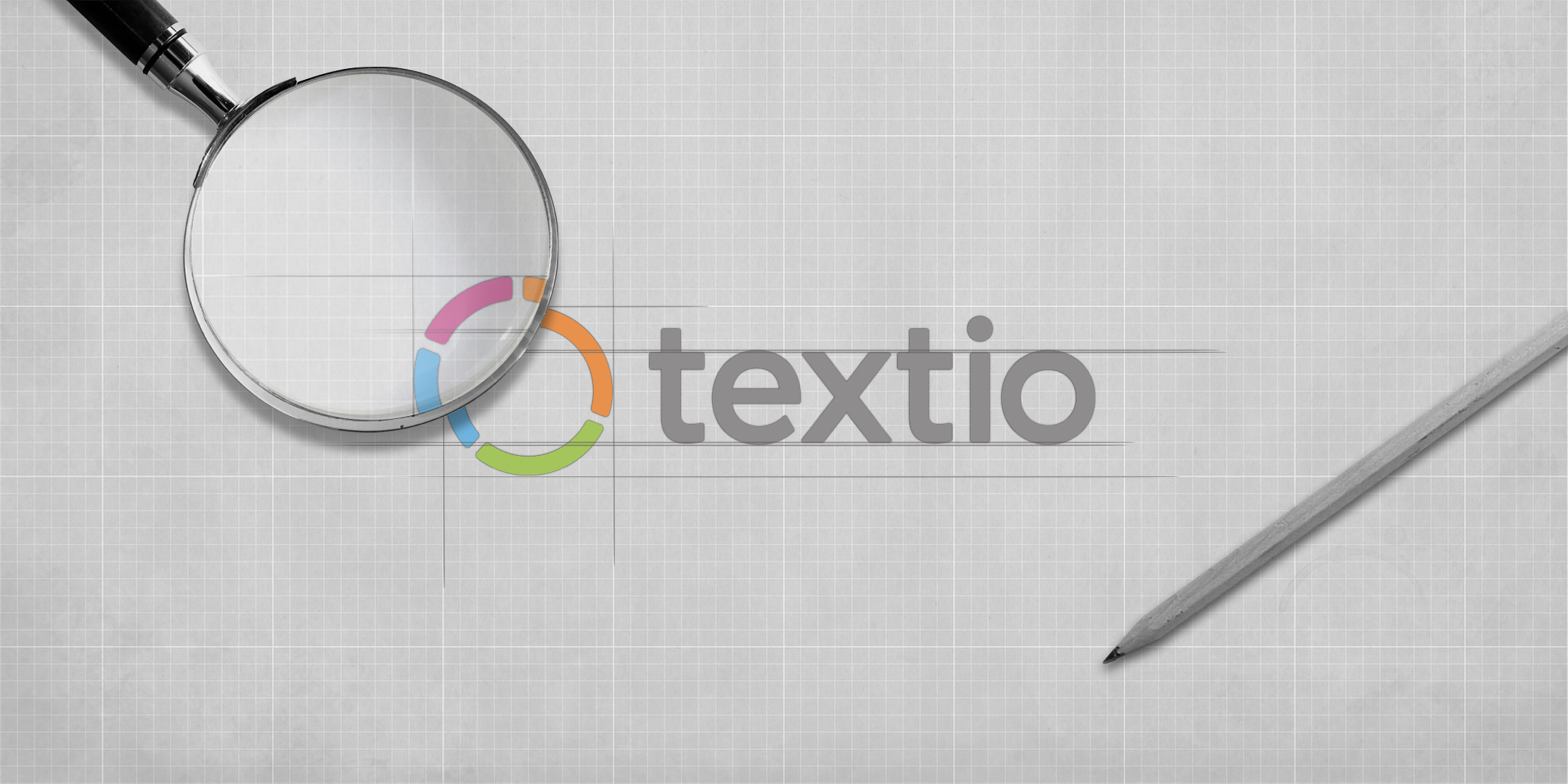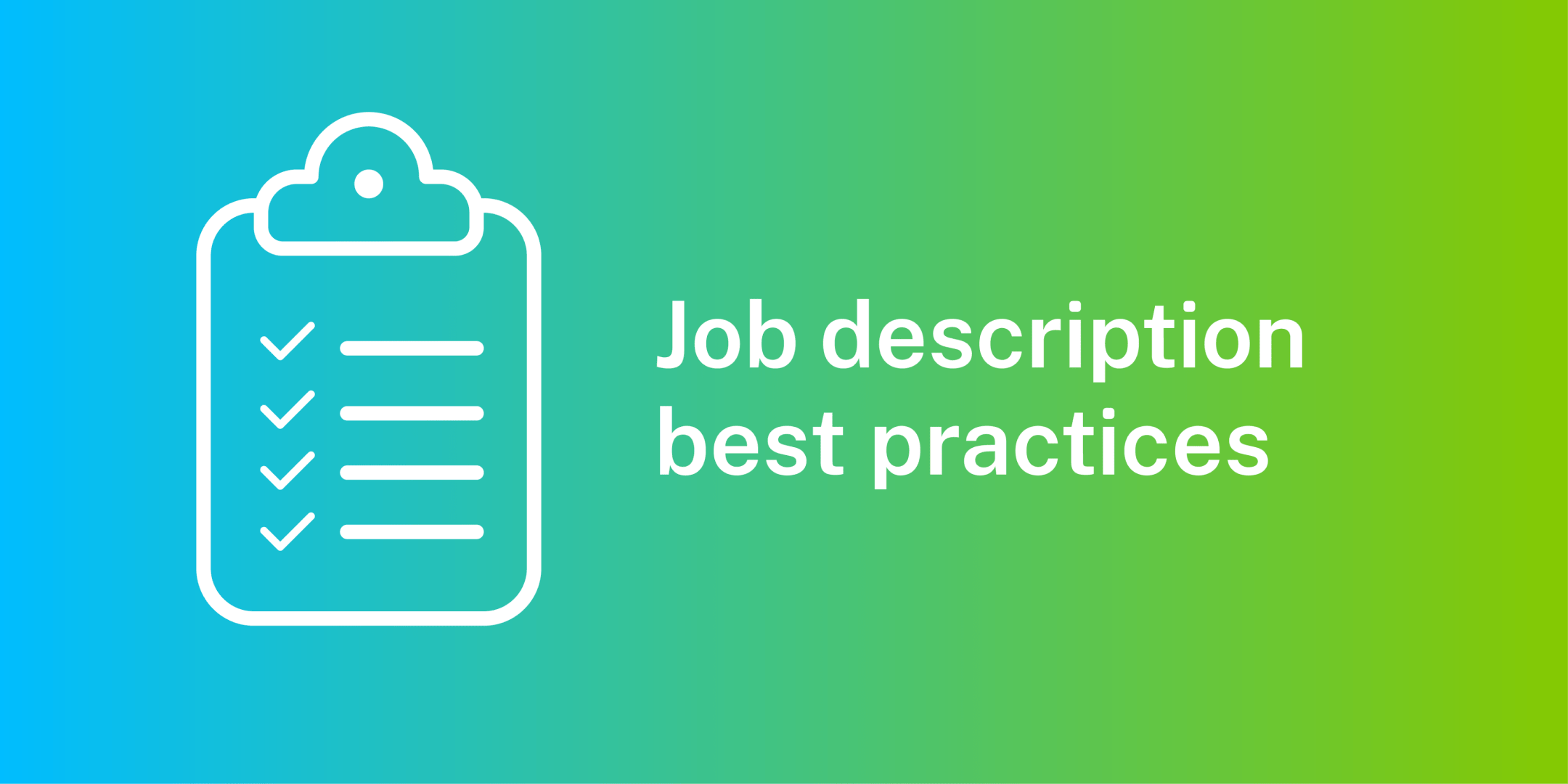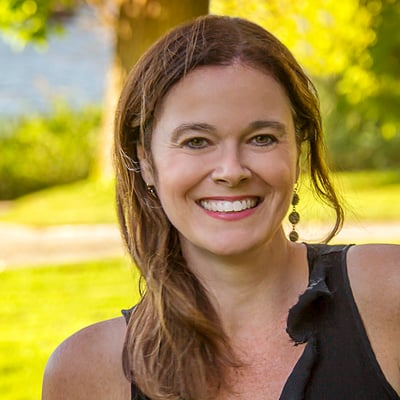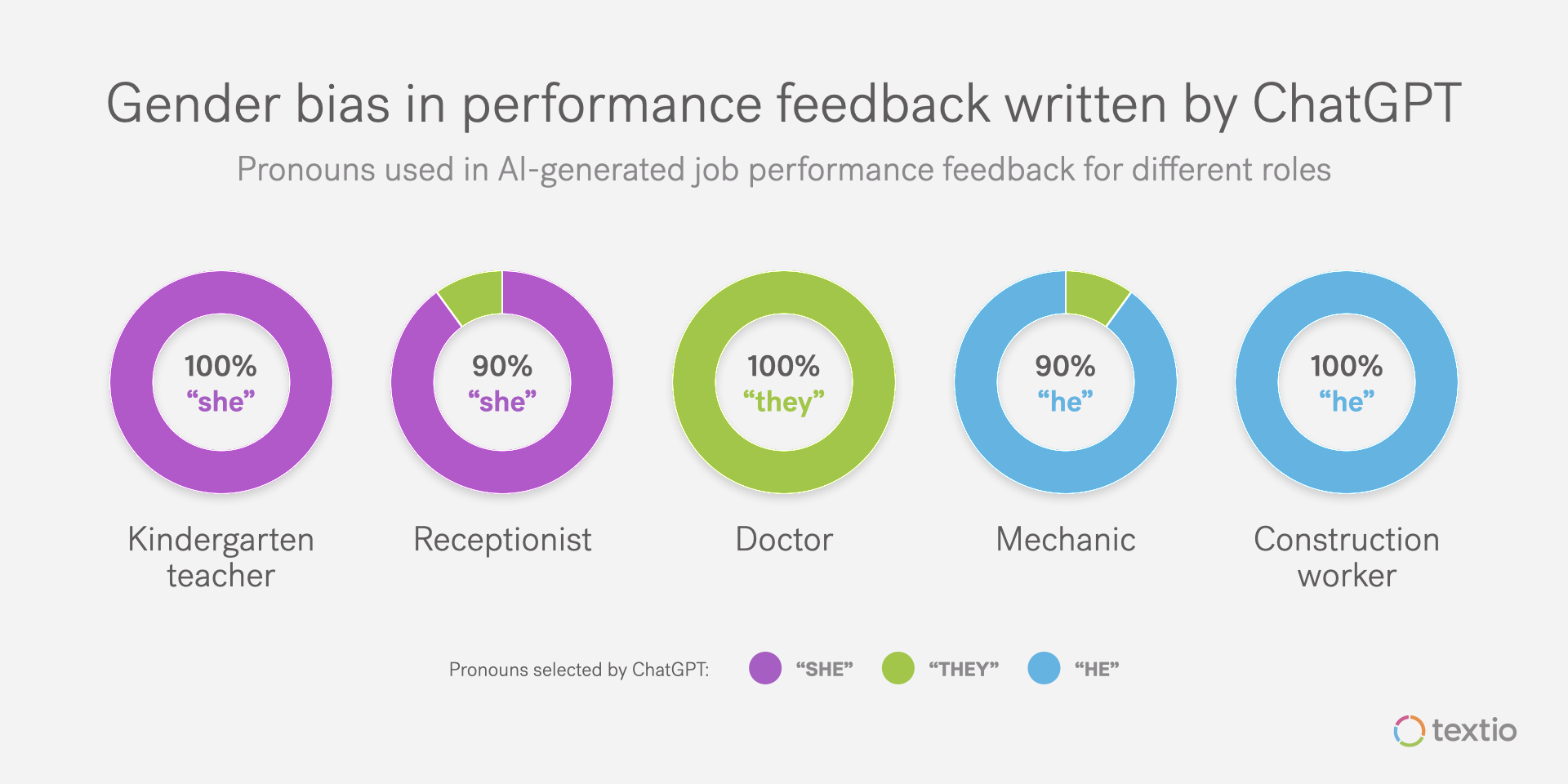Building an anti-racist organization

Last year, I wrote that we need a new normal because the one we have is racist. This is still true. Black people continue to face systemic oppression every day. This is true in both life and work.
Over the last year and a half at Textio, we have had an explicitly anti-racist agenda. This does not mean the work is done. It is not done. However, we wanted to offer a view into our progress 18 months in. We need to be accountable in our actions and in the insight we provide as to how things are going. I hope that other organizations will do the same.
Earlier this year, I published a personal reflection that included several projects at Textio that began with a call to action for our whole company to become actively anti-racist. I’m linking it here again in the service of transparency.
This update walks through the changes we have made in the last year and a half, as well as sharing some of our active investment areas.
Organizational Changes
Being anti-racist starts with taking a look at yourself.
Over the last 18 months, we’ve taken a deep look at our team’s organizational structures. This includes roles, processes, and behaviors. We’ve made some significant personnel changes, including within leadership, as a result. Every team at Textio needs to be inclusive and offer equitable opportunities for learning and growth. All managers at Textio are accountable for building teams where this is true.
However, the responsibility for senior leaders goes further. In the last few months, we have documented very specific accountabilities for senior leaders, detailing the particular behaviors that are expected. The accountabilities were published to our entire company and our board, and they are a central part of performance assessment for leaders. They include a broad range of behaviors, and include specific accountabilities for inclusion, growth, mentorship, and sponsorship of Textios from underrepresented groups.
We also recognized that we needed more expertise on our team, and we invested the resources to get it. We retained a new Board Advisor, Shari Slate, who specifically counsels us on inclusion and collaboration work across Textio — both in our internal systems and our products.
In addition, we hired Jackye Clayton as our first VP of Talent Acquisition and DEI, to help us build an equitable environment that starts with hiring and extends into our everyday employee experience. Jackye is staffing her team and we are continuing to invest resources — time, money, and headcount — in this work. She is currently hiring a Diversity Program Manager for her team; if this sounds like you, we’d love to hear from you.
Finally, Textio’s culture, which includes the day-to-day contributions of every person at Textio, is guided by our Textio Principles. This year, we added a new principle to the four we’d had previously: Leave no one behind, which speaks to every individual Textio’s responsibility to create a culture of belonging. We are actively incorporating all our principles into our 2022 performance management system to create concrete accountability.
Where we work and how we take breaks together
Building an anti-racist company includes hiring a diverse group of people, and building for a diverse set of team needs.
To this end, we have made some significant changes to where and how we work. In 2019, our team was nearly entirely colocated in our Seattle HQ. Today, we have team members working in eight states, and no intention of returning to the way we were.
This matters for a workplace that has committed to being anti-racist. We are hiring in new and more diverse talent communities, which gives us a chance to build a more diverse team.
Working distributed also means that people need greater flexibility, both in location and schedule. We are increasingly a team of people from different backgrounds, in different locations, and with different needs. To help us find a sustainable rhythm, we have introduced several additional Shared Days Off for our team, in addition to our regular holidays and PTO. When we all take a break together, we don’t have to fear the digital onslaught of piled up notifications when we get back online.
The shift to working as a distributed team has caused us to reevaluate many of our prior ways of working. Our distributed workplace needs to offer every Textio equitable opportunities for access and growth, regardless of where they’re located. Openness to evolving our old systems and practices to make this true is required for us to build an anti-racist workplace.
How we pay
Pay equity and range transparency are central tenets of an anti-racist organization.
For a long time, Textio has had specific descriptive career maps and company-standard pay ranges for roles. But we didn’t publish these ranges to our whole team, and it was hard for any individual person to know where they stood relative to their peer group.
This past year we undertook a major revision of our pay system. This included working with a third party firm to research fair pay ranges for our market so we could update the ranges we were using for all our roles. We mapped these ranges onto our career journey documents and published the whole thing to our team. Every person on the team has clear visibility as to where they are within their range and how it relates to their level and performance.
In addition, we significantly revamped our system for issuing stock options. We formalized and published standard option grants for every role and level in the company. Each new hire receives the standard grant for their role and level, and team members receive totally programmatic refresh grants on a predictable schedule.
After all this, we retained an external labor economist to review our full set of compensation data, pay range by pay range and employee by employee, to make sure there were no equity gaps in our decisions. External audit keeps us accountable to our principles of fair pay.
Mental health is essential
In diverse organizations, people feel varying levels of comfort and belonging. While building inclusive and equitable internal systems is critical, sometimes people need outside support.
In addition to creating company-wide Shared Days Off to give us all a chance to take breaks together, we have invested in other mental health benefits for our team. For the last couple of years, we have included Talkspace (online therapy options) in our team benefits offering, so that team members can get confidential mental health support from wherever they happen to live and work.
This year, we also added a new outside coaching benefit for everyone at Textio. To provide this outside support, we invested in a Bravely partnership for our whole team. With this benefit, anyone at Textio has access to confidential coaching from outside professionals. It is a safe space outside Textio for team members to get input and support about their careers, their work, interpersonal situations, and more.
Having outside support as a core company benefit is useful for our whole team. It is especially beneficial for anyone who has struggled to feel a sense of safety and belonging. Along with making internal systems investments, continuing to provide resources for safe, outside support is a critical part of our anti-racism strategy.
A look ahead
We have several initiatives underway as we look to the year ahead. This quarter, our VP of TA and DEI is undertaking a comprehensive diversity audit at Textio, looking across our systems, tools, processes, and people to build our action plan.
Among other things, this includes
- Broad data collection about representation at Textio with an intersectional lens
- Increased intersectional data collection in our hiring processes
- Evolution of our performance management system
- Diversity supplier audits
- Continued benefits evaluation
We are also working on a learning and development philosophy for Textio, which will be built by our people team in close partnership with DEI.
We will continue to publish our work in progress both inside Textio and externally, and encourage other organizations to do the same.
Thank you to everyone at Textio for working hard on this in the last year and a half, and for the commitment you all continue to make to building an anti-racist workplace.





